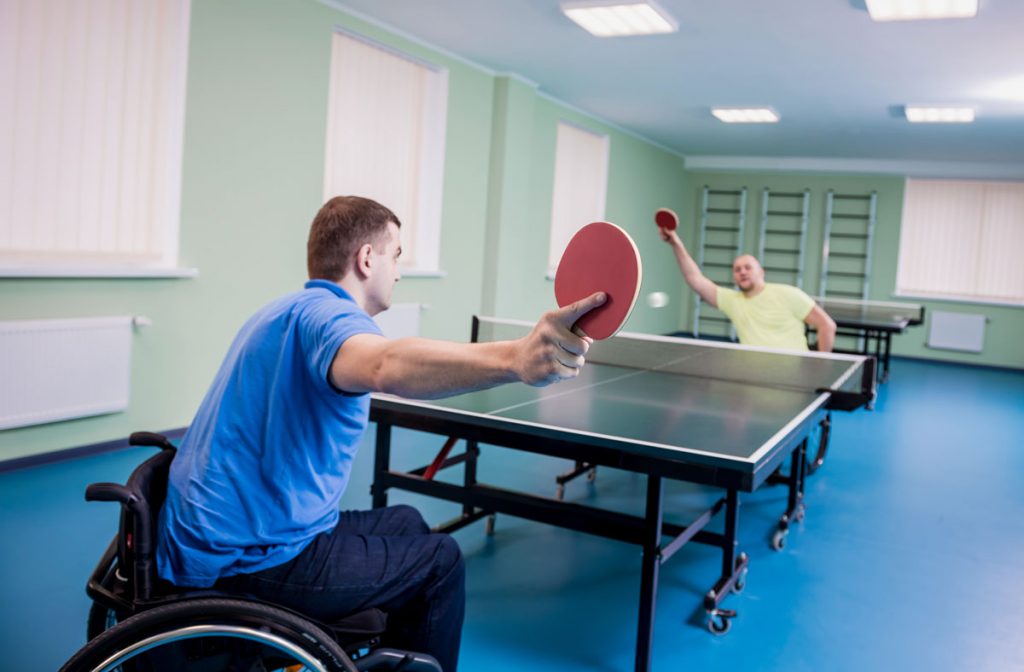The Definitive Guide for Dementia Fall Risk
The Definitive Guide for Dementia Fall Risk
Blog Article
The 15-Second Trick For Dementia Fall Risk
Table of ContentsSome Known Questions About Dementia Fall Risk.The Facts About Dementia Fall Risk UncoveredSome Ideas on Dementia Fall Risk You Need To KnowThe Ultimate Guide To Dementia Fall RiskThe 45-Second Trick For Dementia Fall Risk
In the area, inadequate street lights or unguarded creeks and garbage dumps may likewise create accidents. Loss Danger Analysis Tool (FRAT) is a 4-item falls-risk testing device for sub-acute and residential treatment. The FRAT has 3 areas: drop threat condition, risk aspect list, and activity strategy. An Autumn Danger Condition includes information regarding background of current drops, drugs, mental and cognitive condition of the patient.If the individual ratings on a risk element, the matching number of points are counted to the patient's autumn threat score in the box to the much. If an individual's loss threat score completes five or greater, the individual goes to high risk for drops. If the person scores only 4 points or reduced, they are still at some threat of falling, and the nurse ought to use their best professional evaluation to handle all autumn risk aspects as component of an alternative treatment strategy.
These standard methods, in general, assist create a safe environment that lowers unexpected drops and delineates core precautionary steps for all individuals. Signs are vital for individuals at threat for drops.
The Only Guide for Dementia Fall Risk
Wristbands need to include the patient's last and first name, day of birth, and NHS number in the UK. Information ought to be printed/written in black against a white background. Just red color needs to be made use of to signal special individual condition. These referrals follow current developments in client identification (Sevdalis et al., 2009).
Items that are as well much might need the client to connect or ambulate needlessly and can possibly be a danger or add to drops. Helps protect against the individual from heading out of bed without any kind of aid. Nurses respond to fallers' telephone call lights much more promptly than they do to lights initiated by non-fallers.
Visual disability can substantially create falls. Keeping the beds closer to the flooring lowers the threat of drops and significant injury. Putting the bed mattress on the floor significantly lowers autumn danger in some health care settings.
Things about Dementia Fall Risk
People that are tall and with weak leg muscular tissues that try to rest on the bed from a standing placement are most likely to drop onto the bed because it's also low for them to reduce themselves safely. Also, if a high individual efforts to our website get up from a reduced bed without support, the patient is likely to drop back down onto the bed or miss the bed and fall onto the flooring.
They're created to advertise timely rescue, not to avoid drops from bed. Distinct alarms can additionally advise the patient not to rise alone. Using alarm systems can also be an alternative to physical restraints. In addition to bed alarm systems, raised supervision for high-risk patients likewise might help avoid drops.

Individuals with a shuffling stride rise fall possibilities drastically. To decrease fall threat, footwear need to be with a little to no heel, thin soles with slip-resistant tread, and support the ankles.
Some Ideas on Dementia Fall Risk You Should Know
In a research study, homes with sufficient lighting report fewer falls (Ramulu et al., 2021). Enhancement in lights at home might lower autumn rates in older grownups.

Sitters are effective for guaranteeing a protected, safeguarded, and secure setting. Studies showed really low-certainty proof that caretakers reduce loss danger in acute treatment healthcare facilities and only moderate-certainty that alternatives like video clip surveillance can reduce caretaker use without increasing loss risk, recommending that sitters are not as useful as initially thought (Greely et al., 2020).
Not known Facts About Dementia Fall Risk

Raised physical conditioning lowers the threat for drops and restricts injury that is sustained when loss takes place. Land and water-based exercise programs may be in a similar way helpful on balance and gait and therefore minimize the risk for drops. Water workout might add a favorable advantage on balance and gait for females 65 years and older.
Chair Rise Exercise is a basic sit-to-stand workout that aids strengthen the muscular tissues in the thighs and buttocks and improves wheelchair and independence. The goal is to do Chair Surge exercises without using hands as the customer becomes more powerful. See sources section for a thorough direction on exactly how to do Chair Rise exercise.
Report this page